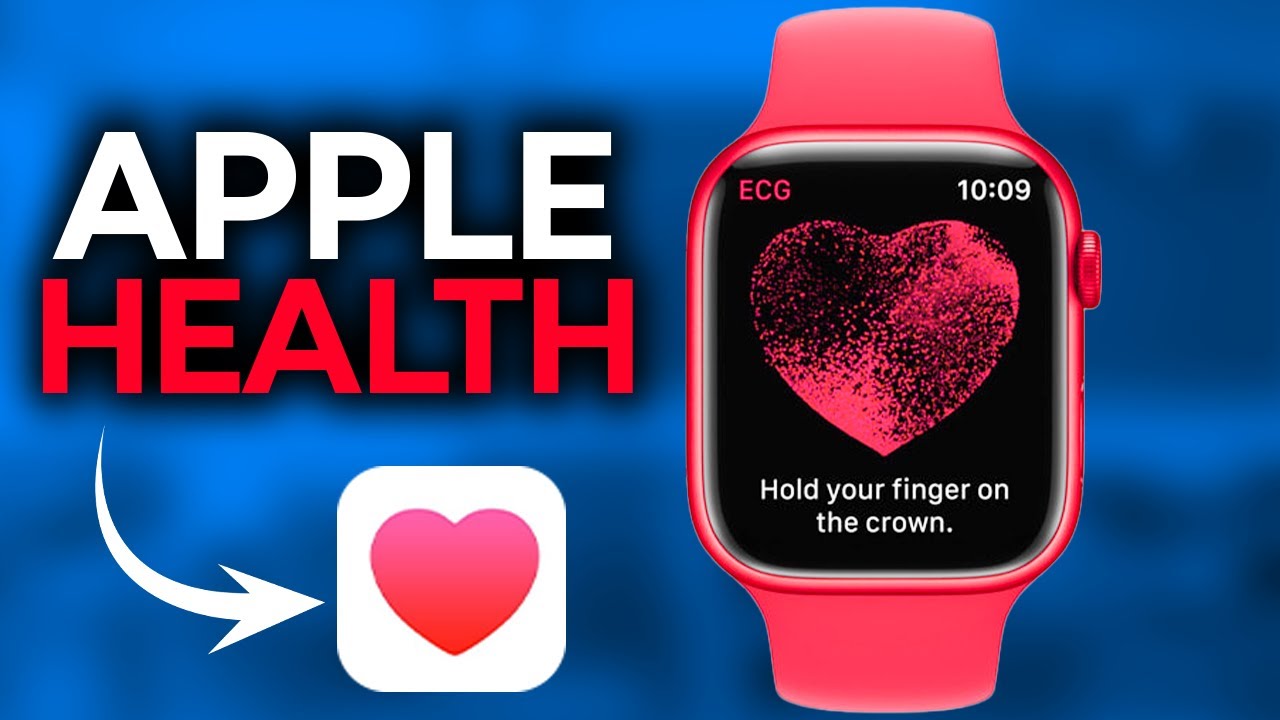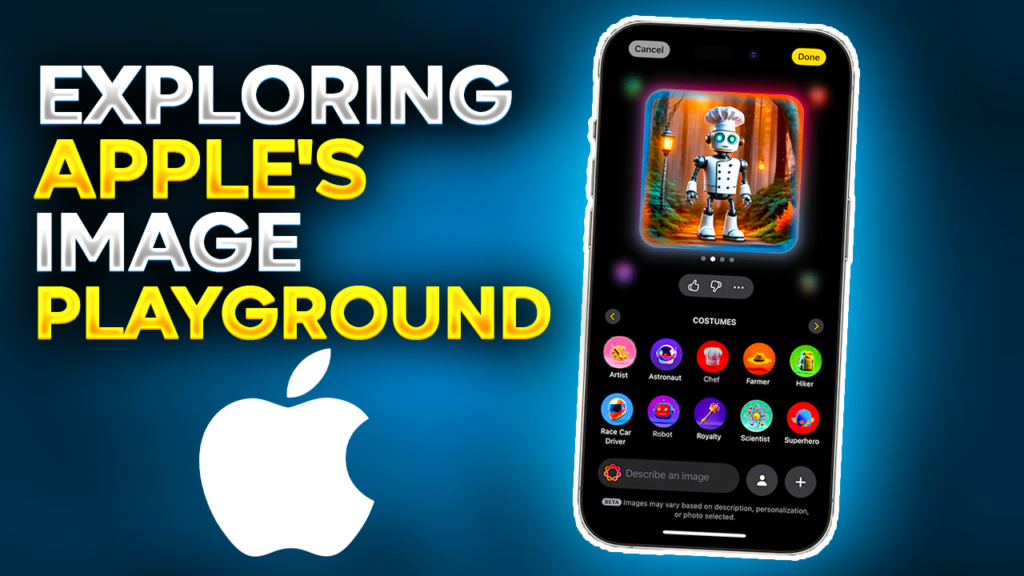In recent years, Apple has quietly revolutionized personal health management through machine learning (ML) and artificial intelligence (AI). What started as a step tracker has evolved into an advanced ecosystem that gives users insights into everything from daily activity to heart health. Whether you’re focused on fitness, sleep, or preventive care, Apple Health and Apple Watch now use machine learning to provide personalized, data-driven guidance on your wellness journey.
So, how exactly does Apple Health leverage machine learning to enhance your health, and what makes it unique? This deep dive explores how Apple’s ML-driven features help users stay healthier, more informed, and proactive in managing their health.
1. Personalized Health Trends and Long-Term Insights
One of the most compelling features of Apple Health is its ability to identify and display health trends over time. Unlike simple fitness trackers, Apple Health uses machine learning to detect patterns and generate insights that evolve as you do.
How It Works
Every time you wear your Apple Watch or log data in the Health app on your iPhone, ML algorithms analyze this information to detect long-term trends. These insights are deeply personalized and focus on metrics like activity levels, sleep duration, cardio fitness, and heart rate variability.
For example, Apple Health may notify you if your activity levels have decreased over the last month or suggest ways to increase movement if it detects prolonged periods of inactivity. If stress indicators, like elevated resting heart rate, become frequent, the app might recommend mindfulness practices or breathing exercises to help you manage stress more effectively.
Why It Matters: Long-term health tracking helps users understand how daily habits impact their overall wellness. By observing patterns, users can make gradual lifestyle adjustments for lasting health benefits, making Apple Health a valuable tool for preventive care.
2. Activity and Exercise Tracking: A Smarter Approach to Fitness Goals
The Apple Watch is a favorite among fitness enthusiasts, thanks to its ML-powered activity tracking. Machine learning enables the Apple Watch to adapt workout metrics and provide users with personalized fitness insights.
Key Features
● Move, Exercise, and Stand Rings: The Apple Watch’s iconic rings don’t just track activity; they adapt to your habits. Using historical data and machine learning, the rings set achievable daily goals that adjust to your lifestyle. For example, if you tend to be more active on weekends, ML may suggest a higher goal for those days and a more conservative target during the workweek.
● Workout Detection: Apple Watch can automatically detect certain activities (like cycling or running) using ML, prompting users to record workouts even if they forget to start tracking manually. Over time, it refines this detection based on individual habits.
● Trends and Recommendations: If ML detects that your fitness levels have plateaued or declined, it might suggest specific actions to close your rings or reach new goals, such as increasing your active minutes or trying new workout routines.
Why It Matters: Unlike generic fitness apps, Apple Health tailors activity tracking to individual users. By setting adaptive goals and recognizing workout patterns, it keeps users engaged and motivated to improve their fitness over time.
3. Heart Health Monitoring: Proactive and Potentially Life-Saving Insights
One of the standout areas where Apple Health uses machine learning is in heart health. The Apple Watch incorporates multiple sensors that monitor heart rate, rhythm, and blood oxygen levels, providing users with real-time data and insights that can even alert them to potential health risks.
Key Heart Health Features
● ECG Monitoring: Apple Watch offers an FDA-approved ECG app that can detect signs of atrial fibrillation (AFib), a common heart rhythm irregularity. The ECG app uses ML to analyze electrical signals and can prompt users to consult a healthcare provider if abnormalities are detected.
● Blood Oxygen Monitoring: The Apple Watch Series 6 and later can measure blood oxygen saturation levels. ML models process this data to detect respiratory patterns, which can be useful for users managing conditions like asthma or sleep apnea.
● Heart Rate Notifications: The Apple Watch notifies users if it detects unusually high or low heart rates that could indicate underlying issues. ML analyzes user-specific patterns, ensuring that notifications are relevant and not generic.
Why It Matters: These heart health features empower users with data that would otherwise require a clinical setting to obtain. By offering proactive alerts, Apple Health supports preventive care and encourages users to take action when necessary.
4. Sleep Tracking and Analysis: Improving Sleep Quality with Data-Driven Recommendations
Sleep quality plays a huge role in overall health, and Apple Health’s sleep tracking is an excellent example of ML enhancing wellness in everyday life. With the Apple Watch and Health app, users can track sleep duration, consistency, and quality, providing a complete picture of their nightly rest.
How It Works
Apple’s ML models use data from the Apple Watch’s heart rate and motion sensors to determine how long users spend in each sleep stage (light, deep, and REM). The app also detects irregularities, such as frequent waking or poor sleep patterns, and can provide suggestions to improve sleep quality over time.
Sleep Focus mode helps create an environment conducive to rest by limiting notifications and adjusting screen brightness before bedtime. Over time, Apple Health may suggest adjustments to bedtime routines based on your individual sleep patterns, helping you establish a healthy, consistent sleep schedule.
Why It Matters: Poor sleep is linked to several chronic health issues, including obesity, heart disease, and diabetes. With ML-driven insights, users can take steps to improve their sleep hygiene and overall well-being.
5. Mindfulness and Stress Management: Supporting Mental Well-Being
Mental health is integral to physical wellness, and Apple Health’s mindfulness features use ML to help users track and manage stress. The Mindfulness app on Apple Watch includes tools like guided breathing exercises and reflection reminders to promote calm and focus.
How It Works
The Mindfulness app uses ML to track stress indicators, such as elevated heart rate or irregular breathing patterns, and prompts users to take breaks as needed. Based on these patterns, Apple Health may recommend mindfulness exercises or encourage breathing routines to help manage stress.
Why It Matters: High stress levels can impact physical health, contributing to issues like high blood pressure, digestive problems, and sleep disturbances. By integrating mindfulness reminders, Apple Health promotes a balanced approach to health that includes both physical and mental wellness.
Privacy and Data Security: A Commitment to User Control
Apple Health’s machine learning features are designed with data privacy in mind. All health data remains encrypted on the user’s device, and ML processing occurs locally rather than on external servers, ensuring that sensitive information is kept private. Additionally, HealthKit allows users to share data with healthcare providers or third-party apps if they choose, putting full control in the hands of the user.
The Benefits of Apple Health’s Machine Learning Features
Apple Health offers a suite of ML-powered health insights that go beyond basic fitness tracking to deliver a truly personalized wellness experience:
● Data-Driven Goals: Machine learning enables adaptive goals that keep users engaged and motivated.
● Proactive Health Management: Real-time notifications and long-term trends help users manage health proactively.
● Comprehensive Health Support: By addressing physical fitness, sleep, heart health, and mindfulness, Apple Health supports a holistic view of wellness.
● Enhanced User Awareness: ML-driven trends give users a deeper understanding of their health, encouraging informed decision-making and lifestyle changes.
Final Thoughts:
With Apple Health’s machine learning-powered insights, your iPhone and Apple Watch become more than just devices—they’re personalized health companions that evolve with you. From tracking sleep and heart health to setting adaptive fitness goals, Apple Health empowers you to make informed choices for a balanced, healthier lifestyle. Start exploring these features today, and let Apple Health’s intelligent insights guide you toward lasting wellness. Ready to take the next step in your health journey? Your future self will thank you.





